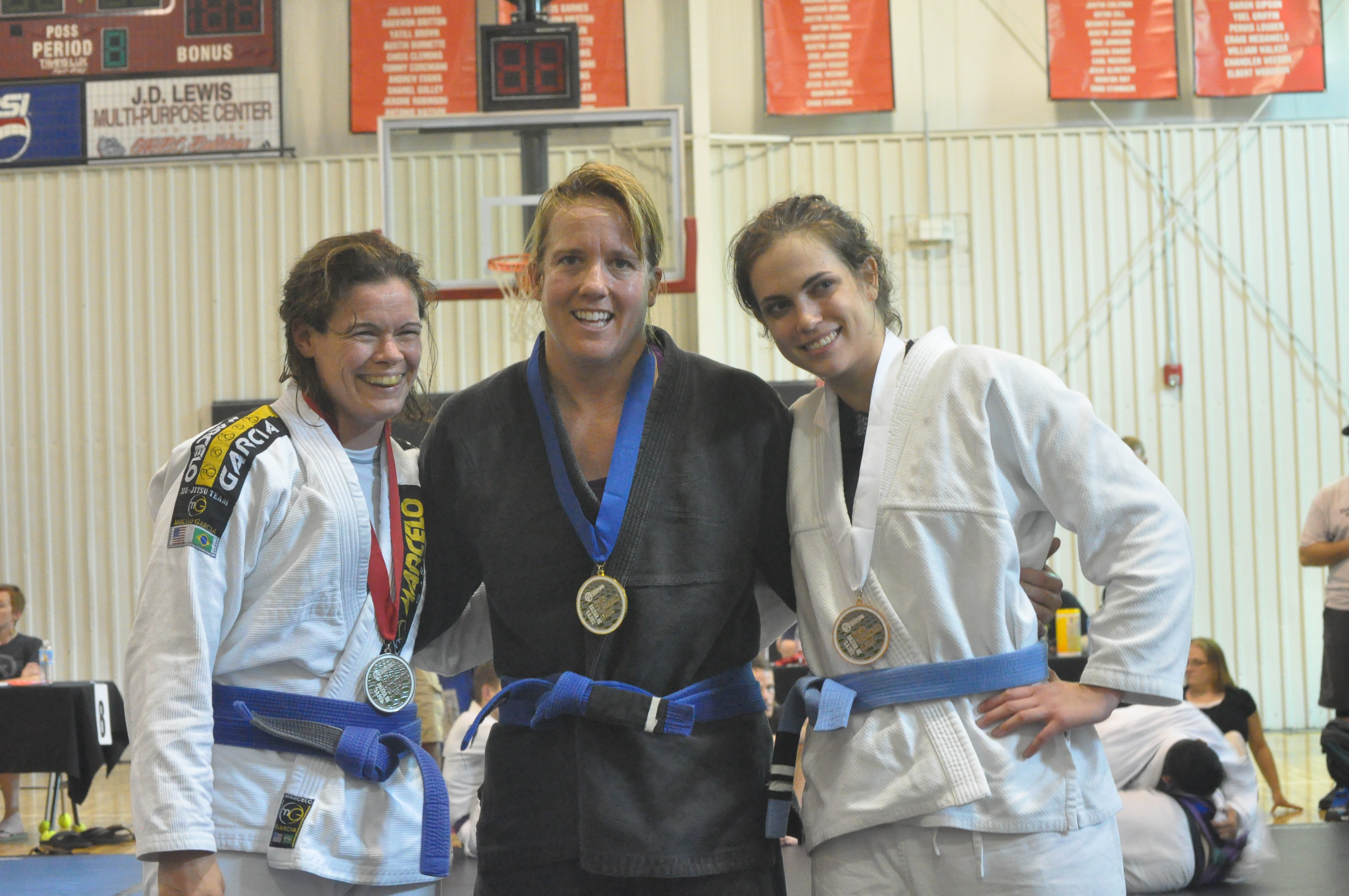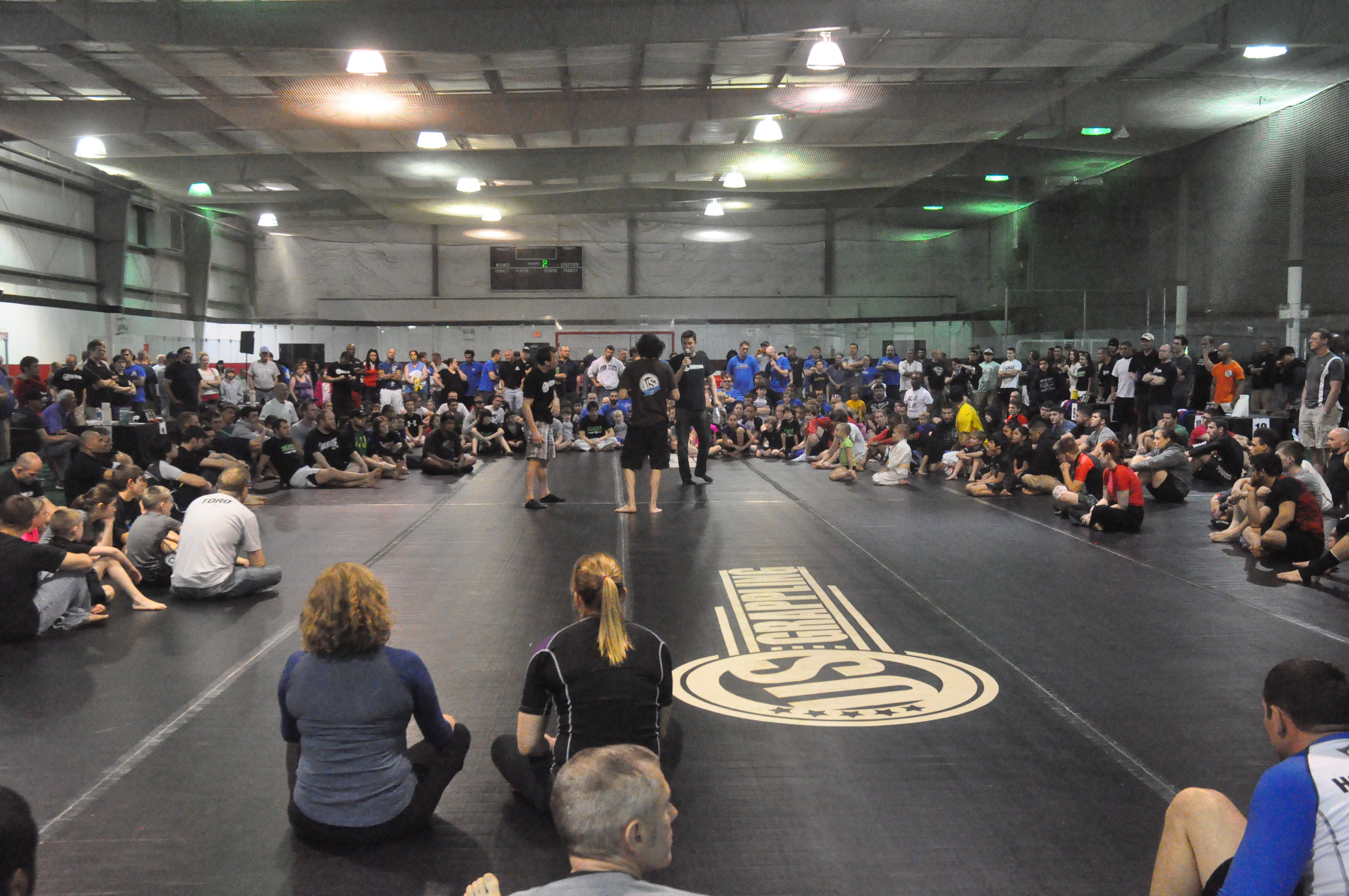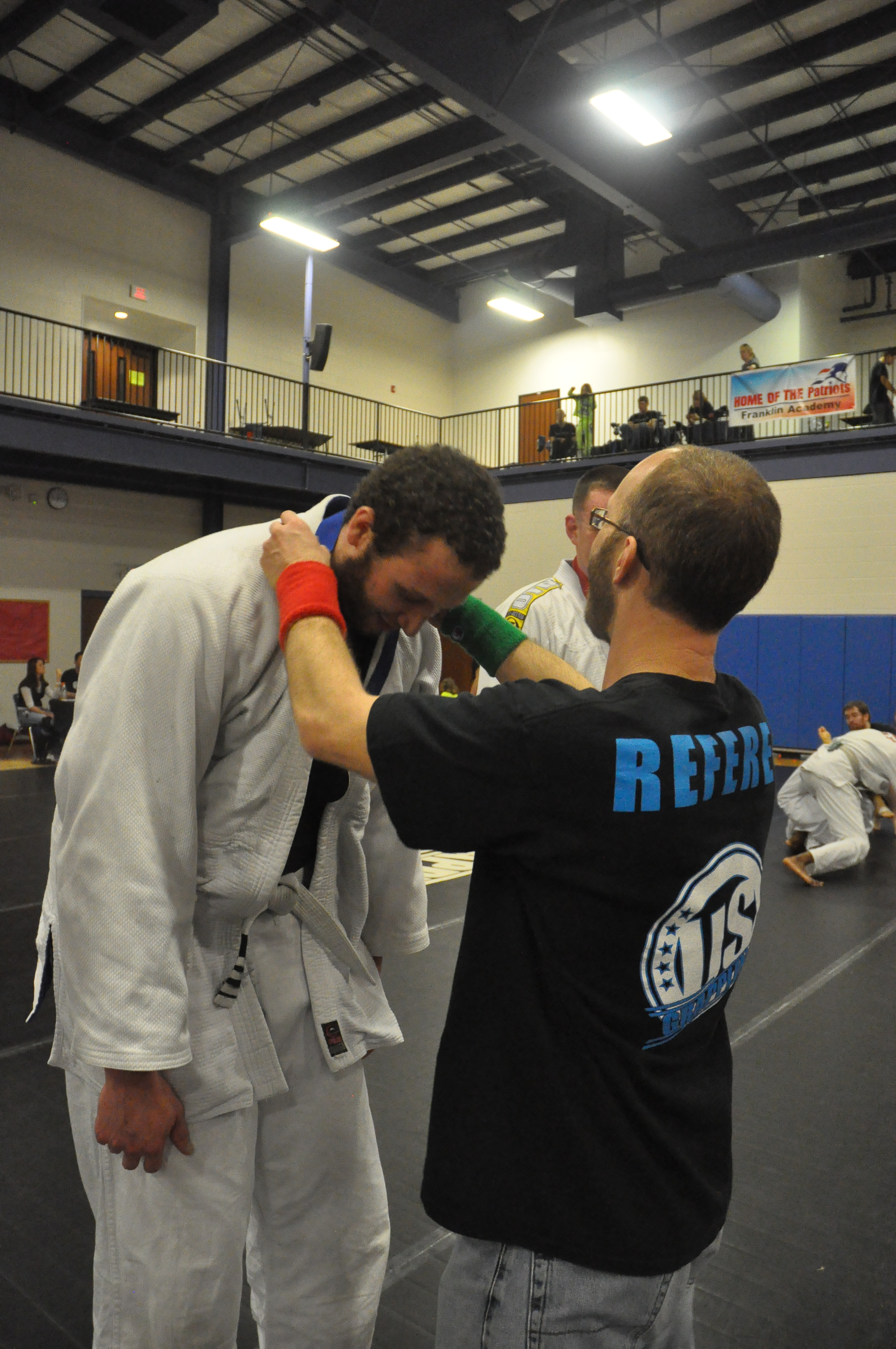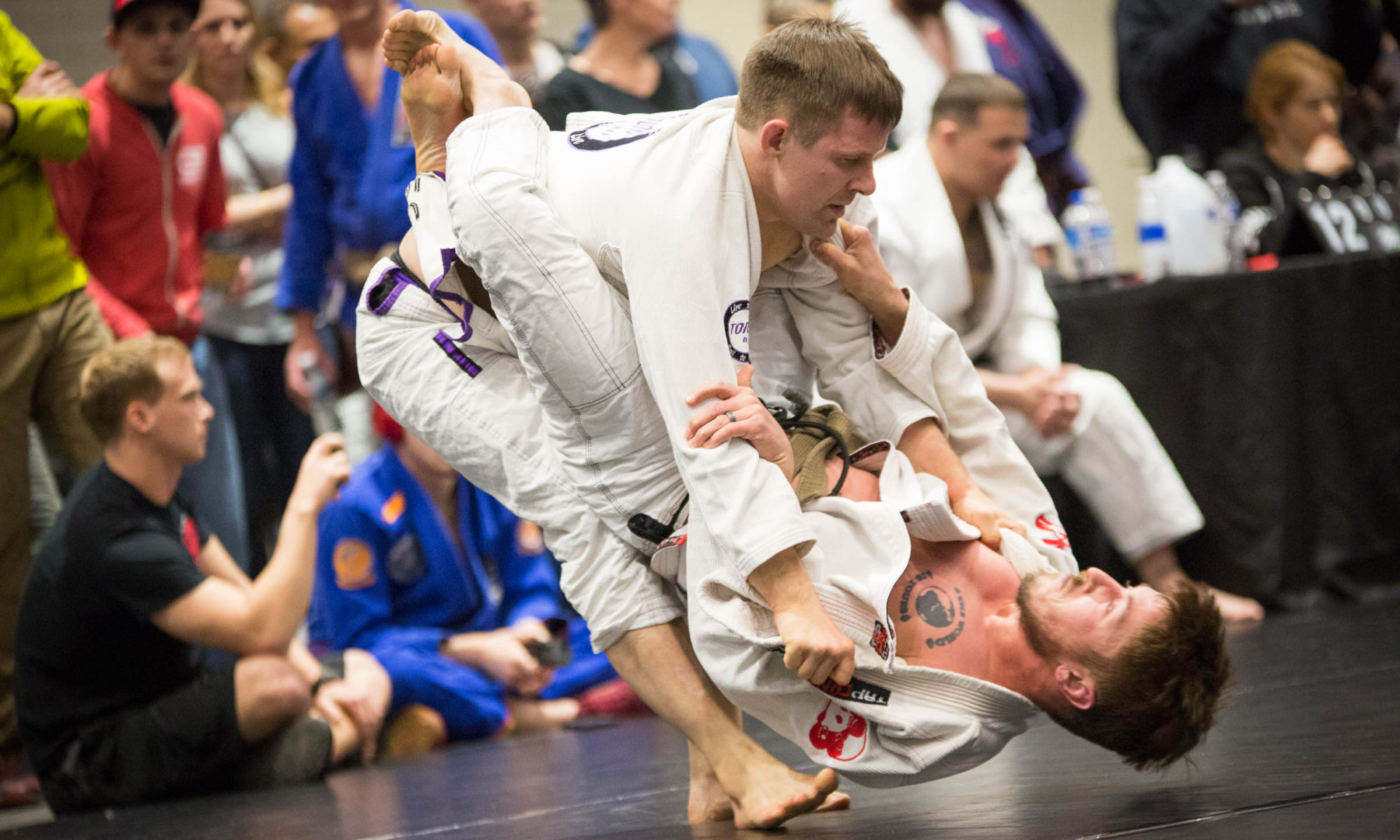Competition is valuable. The experience you get from standing across from another combat athlete who is going to try assiduously to choke you or bend your joints the wrong way is hard to replicate.
A tournament can either be a winning experience or a learning experience, or ideally both. Apart from the matches themselves, though, whether you have a good time at an event really depends heavily on how the tournament is run.
Since I starting training almost five years ago, I’ve been fortunate to compete at a ton of different events run by different organizations. During this time, I’ve developed some fairly firm thoughts on what makes a tournament a good experience for competitors — and by contrast, what undermines a competitor’s experience.

Follow me through my list, which is organized into “you’ve got to have these things” and “it is nice when tournaments have these things.”
A few horror stories are sprinkled into these, but thankfully not too many. To keep the focus positive, I won’t rat out the events that did things wrong, but will praise those that do a good job.
MUST HAVES
- Runs on time and is well-organized. This is consistently the first thing people tell me when I ask them what is most important to them. Every competitor I’ve met has a nightmare tale of how long after the scheduled start time of their division they actually stepped on the mat. For most people, competition is stressful enough without the added burden of waiting around forever.
- Clear rules. You would be surprised how many competitors find themselves on the wrong end of points matches (or facing disqualification) because they don’t know the rules well enough. To a certain extent, this is on them, and most organizations do post their rules online. But there is enough variance in these rules that it takes effort to get everyone on the same page.
That’s why a clear and defined time for an all-competitors rules meeting makes a lot of sense. US Grappling does a great job with this, using staff and referees to demonstrate how points are scored and what is illegal at each belt level. Their rules meeting is well-organized, well-attended, explained well and allows time and opportunity for questions from competitors.

- Well-trained referees are critically important. That’s because, especially for kids’ matches, this is a safety issue. Nobody likes to lose due to bad officiating. But it’s much worse to face an injury because a ref didn’t prevent an illegal technique, or let a kid’s armbar go too far.
One of the coolest things I’ve seen is when Jason Wingate, a brown belt at Gracie Raleigh, was reffing kids’ matches. He’s conscientious about being on top of matches, so that if a young competitor is facing a submission, he can stop the match before any danger gets started. A parent noticed this, and wrote a nice email about how much his efforts were appreciated.
The counterpoint to this: at one tournament, a guy that had never trained jiujitsu was refereeing because he “really loved the sport.” There are a lot of sports I love that I shouldn’t be refereeing, and those sports don’t allow heel hooks.
I’m a relatively new referee, but I try extremely hard to know the rules well and work to improve my skills. This is because of my experience as a competitor: there’s a famous-among-my-friends series of photos from a major tournament where I take a guy down and pass his guard. During the whole sequence of photos, from takedown to pass to side control, the referee is openly staring at a different match. He misses all the points.
Competitors know how huge a difference an attentive and knowledgable referee can make, so I always want to be one, and I always want to compete at tournaments that have them.
- Good communication from staff & people who care about the competitor experience. Mistakes happen. Things also go wrong that are outside of tournament organizers’ control. Traffic jams push times back, injuries create mat crises, dogs and cats start to live together, and mass hysteria ensues. All you can ask from any tournament is that staff do a good job of communicating with competitors about what’s going on and how they’re addressing it.
I’m just going to shout out US Grappling again as an organization run by competitors, staffed primarily by competitors. This creates a level of care that it is hard (but important) to replicate.

One friend suggested “Clean Mats” as a must-have, but the unspeakable horror of event organizers not cleaning mats is too great for me to contemplate, so let’s just allow that to be a given, shall we? Then we can identify two items that are nice bonuses.
NICE TO HAVE
- Friendly atmosphere. This is difficult to quantify, but I think anyone who has competed has experienced knuckleheads walking around, shoulders tight to their ears, mean-mugging everyone who looks roughly their size. (I try to wave at each of these people in as exuberant and traditionally effeminate way as I can manage while smiling broadly, but that’s another story).
Every event has a culture, and some events create a more welcoming culture than others. As a very competitive person, I desperately want to win every match. As someone who strives to not be That Guy, I don’t think the mean mug or the shoulder-check has a place at jiujitsu events.
Some organizations do a better job that others of creating a culture where tough competition on the mats doesn’t mean cliched douchebag behavior off of them.
- Wise use of technology. This is something that has improved by leaps and bounds in recent years. In their bullpens now, the major IBJJF tournaments have big screens with mat assignments and estimated start times. In a move that has really improved my livestream viewing experience, they post this on the web as well. US Grappling also has a giant monitor now that tells you which divisions go on what mats, a real plus when you are doing many divisions (as I do).
As technology advances, tournaments can and should use that to provide better experiences. I’m glad some of the bigger ones are doing so.
What do you think? What makes a good tournament great to you? Or what makes a bad tournament worse? Kindly leave your answers in the comments if so moved. And go support your local tournament.

One Reply to “What Makes a Good Tournament?”
Comments are closed.